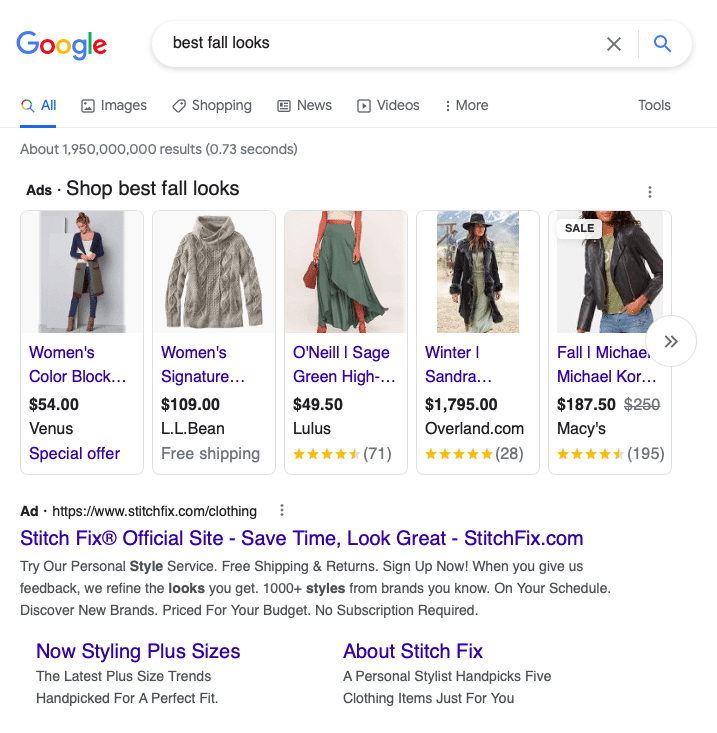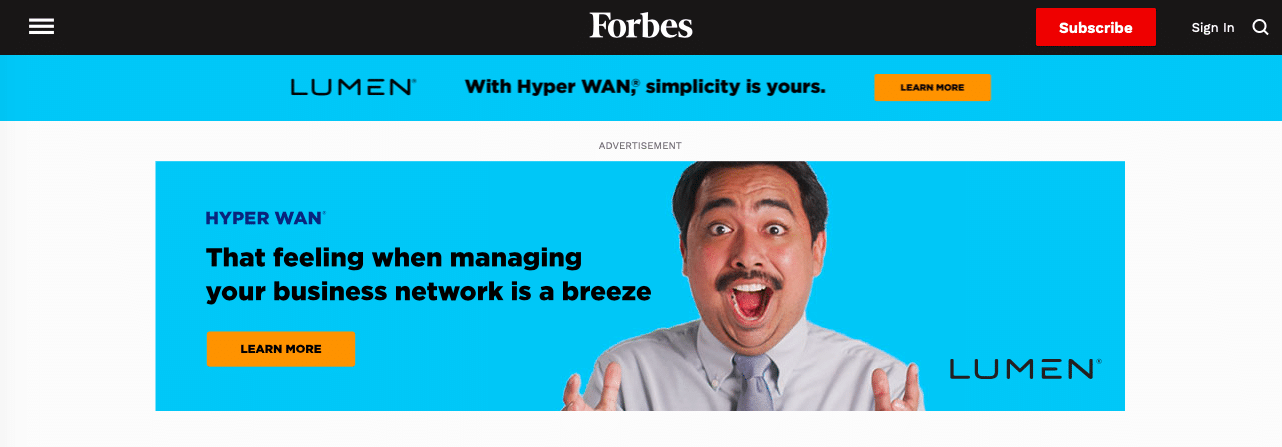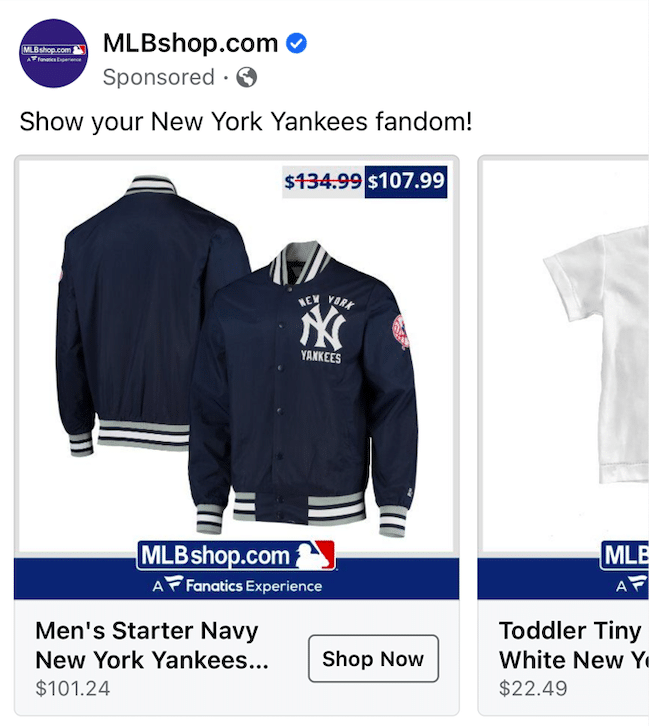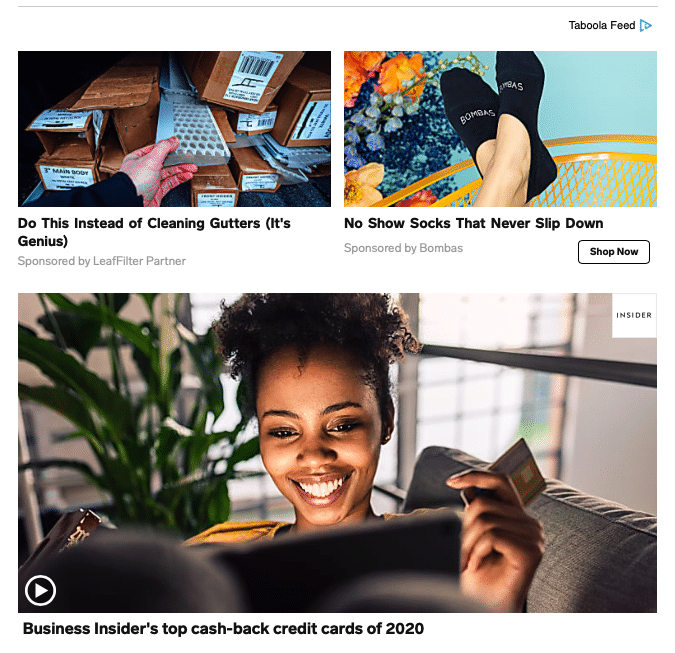Find out how Skimlinks, a Taboola company, can help with your affiliate marketing strategy.
Affiliate marketing is a valuable strategy for publishers that want to earn revenue from their content and advertisers eager to reach built-in audiences of readers.
The problem is that driving traffic to affiliate marketing sites can be tough. And without high-quality traffic, publishers and advertisers will lose precious opportunities to drive leads and make money.
That’s where paid traffic comes in. Paid traffic helps affiliate websites generate more impressions and, therefore, conversions. Also, unlike free traffic, paid traffic can come from targeted, niche audiences who are most likely to be interested in your affiliate ads.
Still, it’s important to go about generating paid traffic in the right ways. With the most effective strategies, you can get more eyes on your content and increase your profits.
To help, we’ll explain just how to use paid traffic for affiliate marketing — including best sources for generating that traffic.
Here’s what you need to know.
Can You Use Paid Ads for Affiliate Marketing?
The answer is yes! Buying paid traffic can help affiliate websites perform better and get in front of the most engaged, interested audiences.
By launching paid ads across strategic locations on the web, successful affiliate marketers can address specific demographics of customers. If they’re running affiliate campaigns for tech companies, for example, they can reach only those interested in tech-related content and products.
Of course, using paid traffic for affiliate marketing comes with a monetary price. Done well, however, the revenue driven by those affiliate campaigns will far outweigh the cost of any paid traffic ads, ensuring marketers turn a profit from their efforts.
There are also some risks involved and scams to watch out for. Bots, for instance, can drive up clicks and costs without actually converting, draining the marketer’s budget in the end.
That’s why it’s so important for affiliate marketers to choose the right sources, strategies, and tools for their paid traffic campaigns.
How Do Affiliate Marketers Get Traffic?
There are several platforms publishers can use to get paid traffic for affiliate marketing. Each comes with its own unique advantages, tools, and promotion methods for success.
Specifically, the best traffic sources for affiliate marketing ads are:
- PPC
- Link and banner ads
- Social media ads
- Native advertising
PPC
Pay-per-click (PPC) advertising is the process of buying ad space on search results pages. A fashion brand, for example, might target people searching for “best fall looks,” helping ensure that their content shows up as one of the top results, as with these ads:

PPC offers many benefits to affiliate marketers. You can potentially reach millions of target customers searching for your products if you can successfully bid on one of those top spots and have the SEO-optimized content to back it up.
Yet, the space is extremely competitive, with no guarantee that your bids will win out or drive clicks.
Google Ads is the most salient PPC advertising platform, offering businesses an opportunity to advertise across the search giant’s network. Those participating just have to be sure their ads adhere to Google’s criteria, including keyword relevance, landing page quality, and, of course, engaging content.
Link and Banner Ads
Link and banner ads are display ads that can appear in various shapes, sizes, and placements on a web page.
A publisher, for example, might place banner ads at the top of its articles or on the sidebar of its homepage. If readers click on these banner ads, they can be taken to a product or landing page where they can learn more about the products and services advertised.

Link and banner ads are great for generating impressions and getting in front of built-in publisher audiences.
The problem is, they often drive lower clickthrough rates (CTR) than other forms of advertising. That’s because many users employ ad blocking tools to avoid seeing these ads. And even those who do see them can develop banner blindness, meaning they consciously or unconsciously ignore and scroll right past banner ads without ever actually registering or engaging with them.
Social Media Ads
Social media ads are paid placements on social platforms like Facebook, Instagram, and Twitter. Businesses can buy these placements through each platform’s ad network.
Instagram, for instance, offers in-feed image, video, and carousel ads as well as Instagram Stories ads. Some of these ads even have call-to-action buttons or “buy” buttons that allow users to make purchases right from each app or site.

By advertising on social media, businesses can reach consumers where they’re already engaging with content from friends, family, and other brands, and where they’re interested in seeing new products. In fact, almost 50% of the internet users research products online via social networks.
Marketers just have to make sure their social media ad creative matches the language and feel of the organic in-feed content, and provides value to the user.
Native Advertising
Native advertising is the process of creating ads that match the form and function of their surrounding content, so they fit seamlessly into the user experience. Since native ads look like organic content, they’re not disruptive and consumers are more likely to respond to them.
While social and search ads are types of native advertising, businesses can also launch native ads on the open web, reaching engaged audiences of readers on premium publisher websites. Brands can launch affiliate marketing campaigns, for instance, in the form of recommended articles at the top, side, middle, or bottom of articles on a relevant publisher’s site. This way, they can reach readers just as they’re ready to engage with something new.

In fact, that’s why affiliate marketers choose Taboola.
As the world’s largest content discovery network, our platform offers a massive global reach of over 1.4 billion internet users and advanced targeting capabilities for audiences on over 22,000 trusted sites.

Affiliates in industries like nutrition, healthcare, e-commerce, insurance, and renewable energy have seen particular success with Taboola. Though our tools have driven business results for all marketers eager to reach audiences in new places and drive paid traffic to their affiliate sites.
Paid Traffic Pays Off for Affiliate Marketing
Free traffic sources for affiliate marketing can only go so far.
If publishers truly want to make the most of their affiliate campaigns, they should invest in paid traffic through sources like PPC, link and banner ads, social media ads, and native advertising. This will allow them to more effectively spread awareness, reach targeted audiences, and generate conversions.
It’s also important to be aware of the pitfalls of buying affiliate marketing traffic. Instead of draining your budget, the right tools can help you avoid scams and frauds and reach only the most relevant, high-quality audiences.
As the world’s leading discovery and native advertising platform, Taboola does just that. We’ll help you launch ads across premium publisher websites, so you can reach the right people just as they’re ready to discover something new and, as a result, drive up your affiliate traffic and revenue.